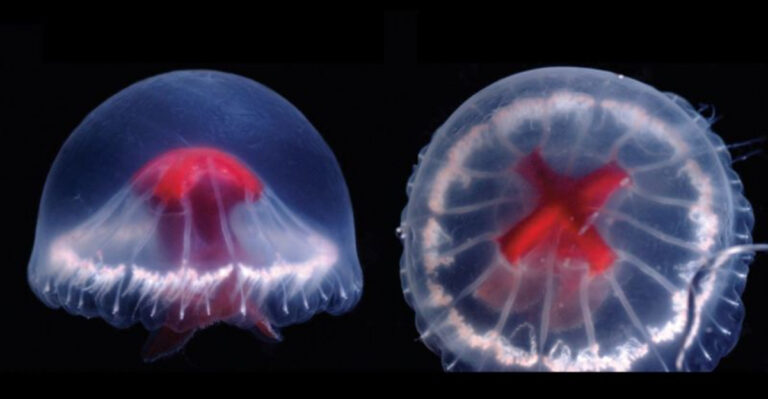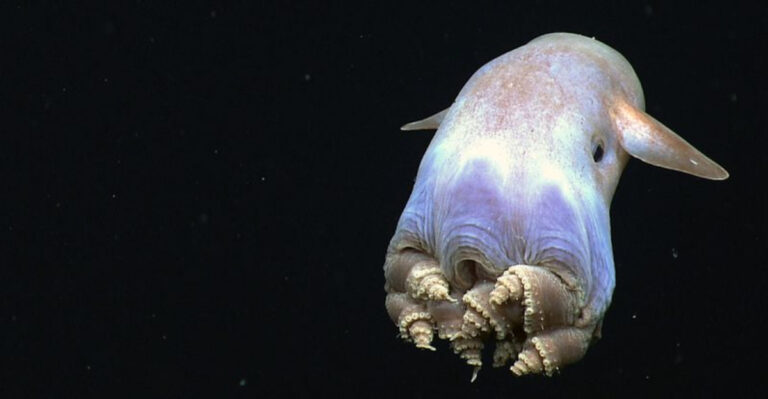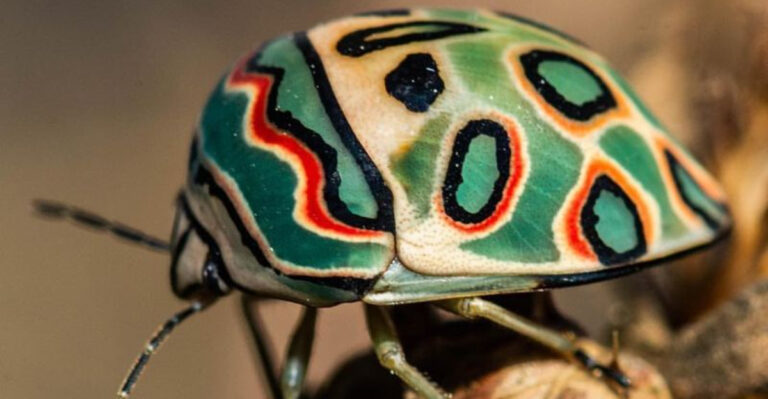‘Living Fossil’ Fish Believed Extinct For 70 Million Years Caught On Camera
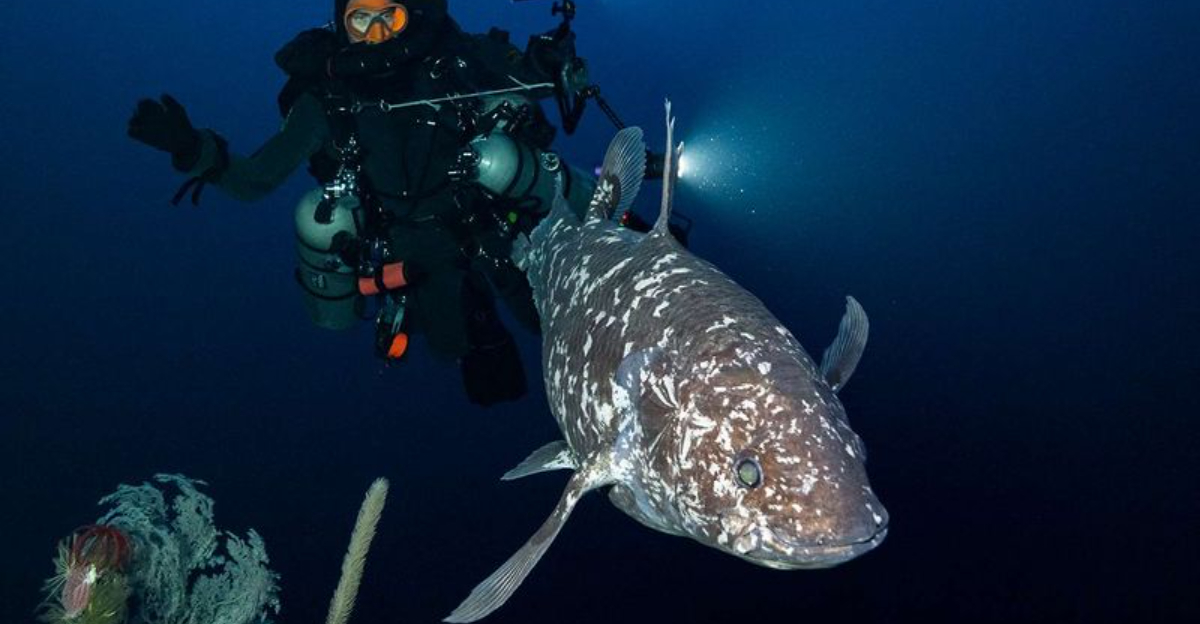
Imagine a prehistoric creature, thought to have vanished before dinosaurs disappeared, suddenly showing up on camera!
That’s exactly what happened when the Indonesian coelacanth (Latimeria menadoensis) was recently photographed in the Maluku Archipelago.
This remarkable fish, once believed extinct for 70 million years, has stunned scientists worldwide with its reappearance in Indonesian waters.
The discovery gives us a rare glimpse into ancient ocean life that somehow survived into modern times.
1. The Astonishing Rediscovery
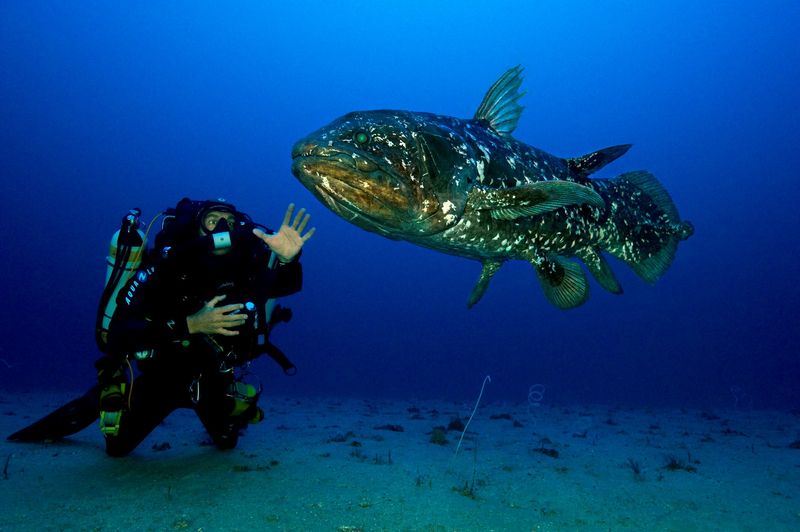
Scientists nearly fell out of their chairs when the Indonesian coelacanth appeared on camera in the Maluku Archipelago.
For decades, this prehistoric fish was only known from a handful of specimens, never before photographed in Indonesian waters.
The moment marked a breakthrough in marine biology – capturing evidence of a creature that swam alongside dinosaurs and somehow survived extinction events that wiped out countless other species.
The footage shows the fish’s distinctive lobed fins and armored scales moving slowly through the deep waters.
Local fishermen had occasionally reported strange catches, but visual confirmation changes everything for researchers studying evolutionary history.
2. Time Travelers From The Mesozoic Era
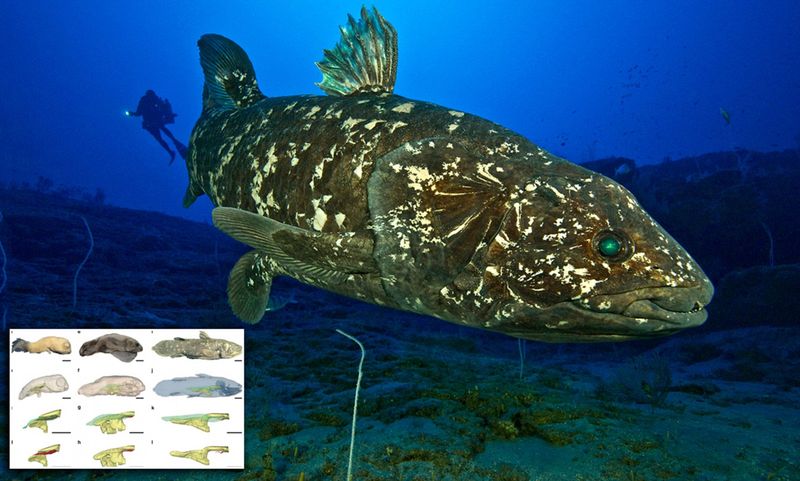
The coelacanth represents a genuine time capsule from Earth’s distant past. When your great-great-grandparents’ ancestors were tiny mammals hiding from dinosaurs, these fish were already ancient!
Fossils show coelacanths have remained virtually unchanged for over 400 million years, earning them the nickname “living fossils.”
Their internal anatomy – including a primitive lung and unique hinged skull – preserves features that disappeared from most fish lineages hundreds of millions of years ago.
Finding this Indonesian species provides researchers with a rare opportunity to study evolution in slow motion, as though dinosaurs still walked among us.
3. Anatomical Marvels That Puzzle Scientists
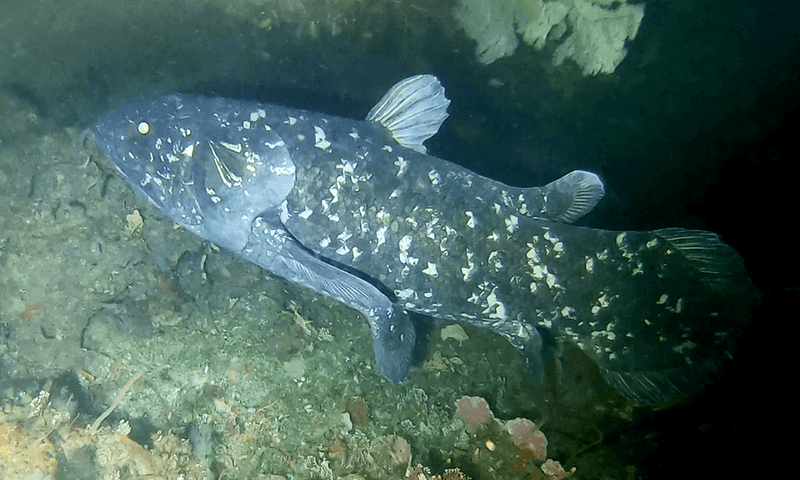
The coelacanth’s body contains biological features that leave researchers scratching their heads.
Unlike most fish, it has a notochord (a hollow, fluid-filled tube) instead of a vertebral column, and its brain takes up less than 2% of its cranial cavity!
Most fascinating are its lobed fins that move in an alternating pattern similar to four-legged land animals. These fins contain bones arranged like those in our arms and legs. Scientists believe this unusual anatomy represents an evolutionary link between fish and the first animals that crawled onto land.
The Indonesian species shows subtle differences from its African cousin, adding new pieces to this evolutionary puzzle.
4. The Deep-Sea Hideaway
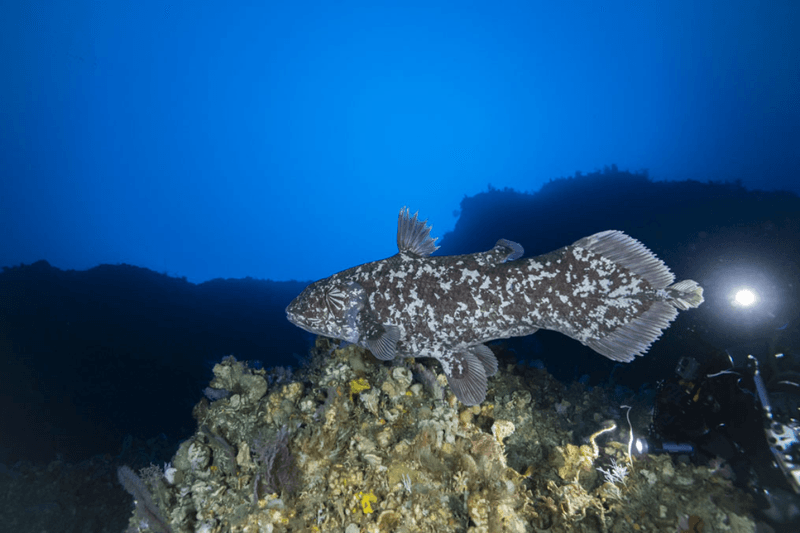
How does a species remain hidden for 70 million years? By living where humans rarely venture! The Indonesian coelacanth thrives in volcanic underwater caves and deep reef slopes between 500-1,300 feet below the surface.
These dark, pressurized environments remained unexplored until advanced diving and camera technologies emerged.
The Maluku Archipelago, with its complex underwater topography and volcanic activity, creates perfect hiding spots with stable temperatures and limited predators.
Marine biologists believe similar unexplored deep-water habitats worldwide might harbor other “extinct” species, waiting to surprise us just as the coelacanth did.
5. A Tale Of Two Coelacanths
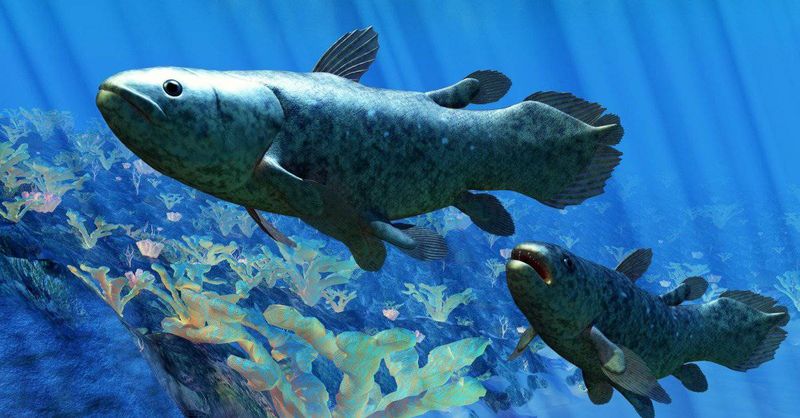
Not one but two living coelacanth species have shocked the scientific world! The first modern discovery came in 1938 off South Africa (Latimeria chalumnae), while the Indonesian species (Latimeria menadoensis) wasn’t identified until 1997.
Despite being separated by thousands of miles of ocean, the two species look remarkably similar with only subtle differences in color and size.
The Indonesian variant tends toward brown rather than bluish-gray and grows slightly smaller than its African relative.
Genetic analysis reveals they diverged approximately 40-30 million years ago, making them one of the slowest-evolving vertebrate lineages on Earth.
6. Pregnancy That Breaks All Rules
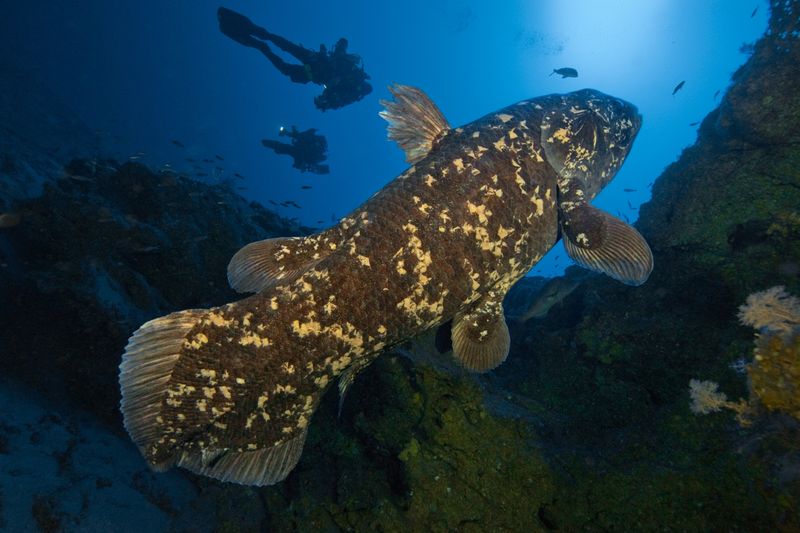
Female coelacanths don’t lay eggs like most fish – they give birth to fully-formed pups after the longest pregnancy in the animal kingdom! A single female carries up to 26 developing embryos for nearly three years before giving birth.
The pups develop inside thin-walled egg cases and feed on enormous yolk sacs until birth. At delivery, baby coelacanths measure about 14 inches long – already miniature versions of their parents.
This unusual reproductive strategy helps explain their survival but makes them vulnerable to extinction.
With such slow reproduction rates, even limited hunting or habitat disruption could wipe out populations faster than they can recover.
7. The Accidental Discovery
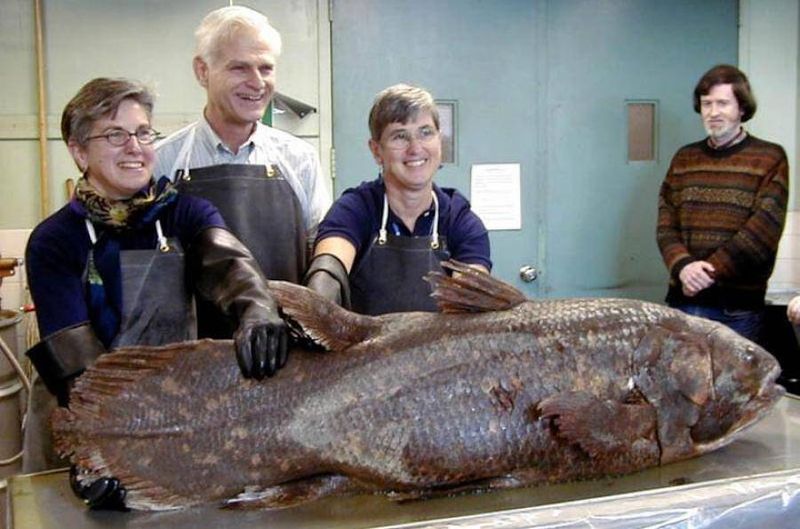
The Indonesian coelacanth’s story begins with pure luck! In 1997, American marine biologist Mark Erdmann was honeymooning in Indonesia when he spotted a strange fish in a local market. His wife Arnaz recognized something unusual about it.
The couple took photos but the fish was sold before they could purchase it.
Months later, they showed the photos to experts who were stunned – it appeared to be a coelacanth, previously unknown in Indonesian waters!
Erdmann spent a year searching before a second specimen confirmed the discovery.
The recent camera footage marks the first time this elusive fish has been photographed alive in its natural Indonesian habitat.
8. Swimming Like No Other Fish
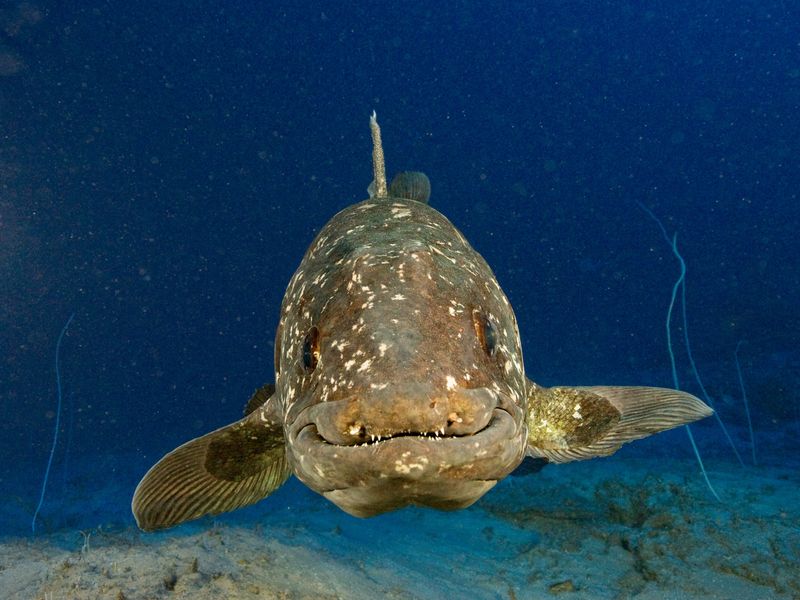
Watch a coelacanth swim and you’ll witness a style that hasn’t been seen on Earth for millions of years! Unlike modern fish that move their tails side-to-side, coelacanths use their lobed fins to “walk” through water with a distinctive four-limbed gait.
Their unique pectoral and pelvic fins rotate in alternating patterns – right pectoral with left pelvic, then left pectoral with right pelvic – creating a crawling motion.
This strange swimming style, combined with a special joint in their skull that lets them widen their mouth dramatically, allows them to ambush prey with minimal energy expenditure.
The Indonesian footage clearly shows this ancient swimming technique in action.
9. Local Knowledge Preceding Science
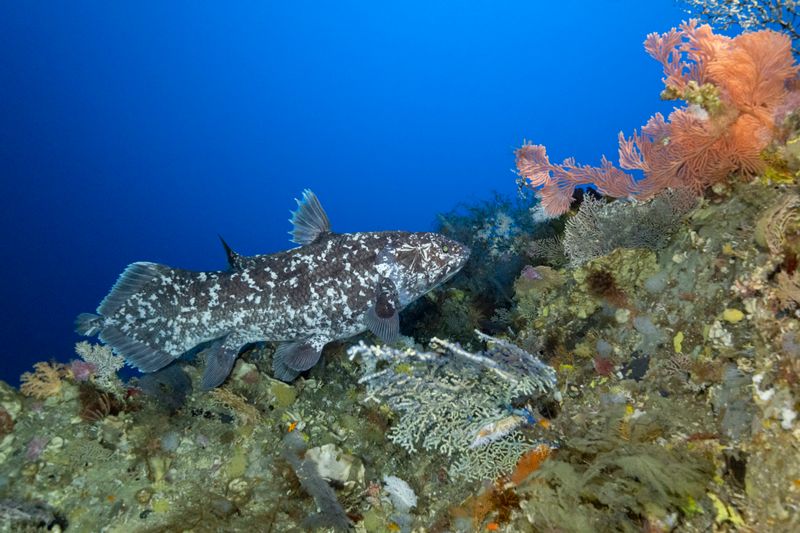
Indonesian fishermen knew about the “raja laut” (king of the sea) long before scientists confirmed its existence. Generations of Sulawesi and Maluku fishers reported occasional catches of strange, heavy fish with tough scales and oil-filled bodies that made poor eating.
These stories were largely dismissed as folklore until Mark Erdmann’s 1997 discovery. Local ecological knowledge often precedes scientific confirmation by decades or even centuries.
The fishermen’s detailed descriptions matched the coelacanth perfectly – from its distinctive three-lobed tail to its oily flesh.
Today, conservation efforts rely heavily on this traditional knowledge to locate and protect remaining coelacanth populations in Indonesian waters.
10. Conservation Challenges In Deep Waters
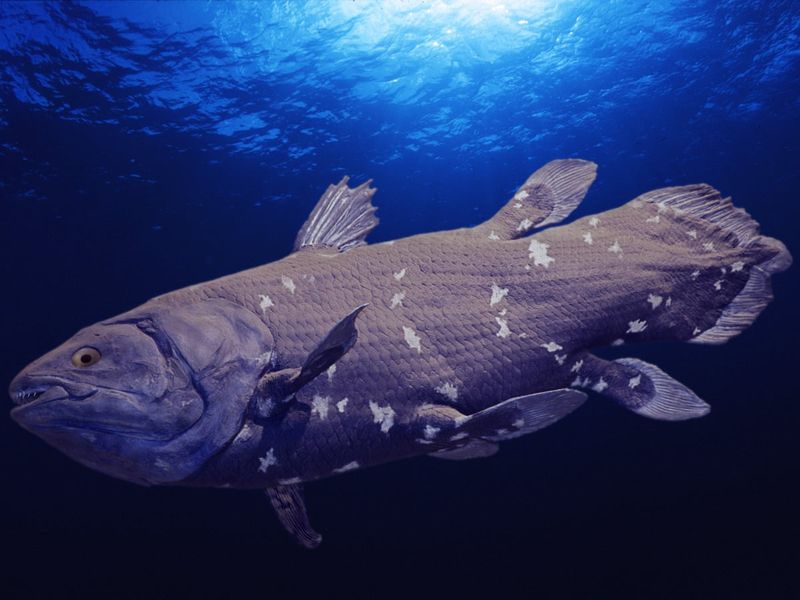
Protecting a fish we barely understand presents unique conservation hurdles. Though never specifically targeted by fisheries, Indonesian coelacanths face threats from deep-water gill nets and habitat degradation from underwater mining and drilling.
Their extremely slow reproduction rate – producing few offspring after three-year pregnancies – means populations can’t quickly recover from losses. Scientists estimate fewer than 10,000 coelacanths exist worldwide, possibly far fewer.
Indonesian authorities have established protected zones around known coelacanth habitats, but enforcement remains difficult in remote areas.
The recent camera footage helps identify critical areas needing immediate protection before this living fossil disappears for real.
11. Evolutionary Missing Link
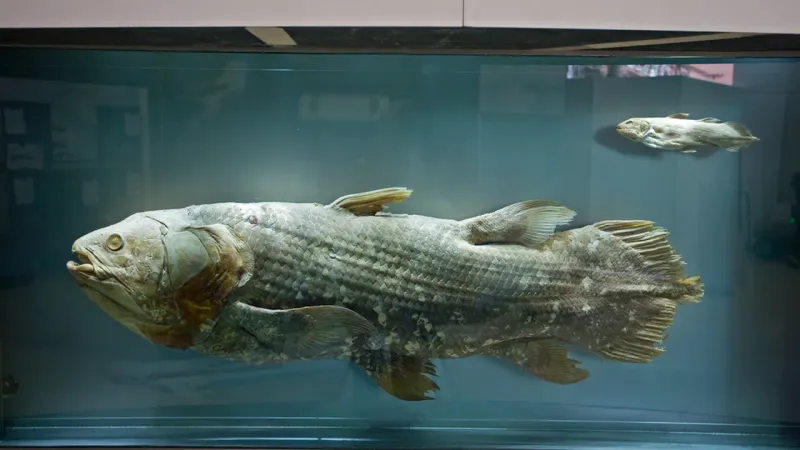
The coelacanth occupies a pivotal position in the story of life on Earth. These remarkable fish belong to a group called lobe-finned fishes that gave rise to all four-limbed land animals – including humans!
Their fins contain bones arranged similarly to those in our arms and legs, connected by joints and powered by muscles.
This structure represents a crucial evolutionary step between aquatic and terrestrial life forms. Studies of coelacanth DNA reveal genes important for immune function, brain development, and limb formation that connect us to our fish ancestors.
The Indonesian species provides fresh genetic material for scientists studying this evolutionary bridge between sea and land.
12. Cultural Impact Of A Living Fossil
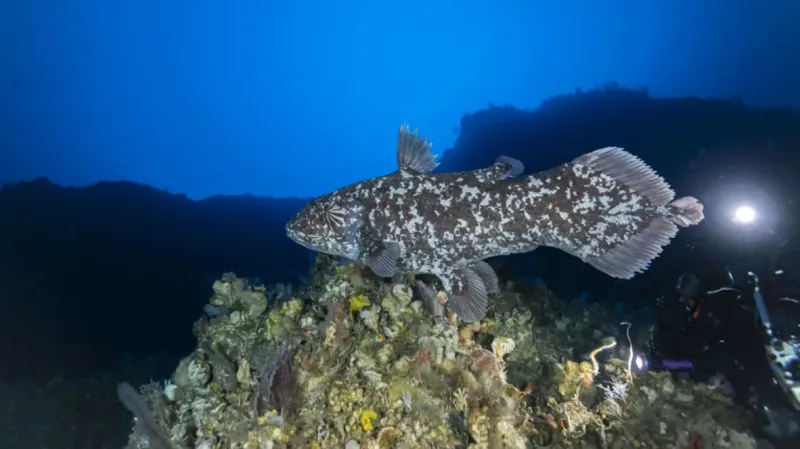
The coelacanth’s rediscovery has rippled far beyond scientific circles! This prehistoric survivor has become an emblem of Indonesia’s rich marine biodiversity and appears on stamps, coins, and tourist materials throughout the archipelago.
The fish has inspired Indonesian artists, with stylized coelacanths appearing in contemporary paintings, sculptures, and even traditional batik patterns. Local communities near discovery sites have developed eco-tourism opportunities, offering specialized diving trips for those hoping to glimpse this living dinosaur.
Schools use the coelacanth story to teach children about evolution, conservation, and the importance of protecting Indonesia’s underwater treasures for future generations.



